You have to make bad work
And five other takeaways from Sally Mann’s new memoir
Thanks to everyone who came out for the inaugural meeting of the Subtle Maneuvers Book Club last Sunday on Zoom. I really enjoyed discussing Sally Mann’s new memoir, Art Work: On the Creative Life, with you, and I appreciate your help thinking through Mann’s self-portrait of the artist as an insecure, self-doubting, workaholic autodidact, constantly striving after something she can’t quite define—though she knows it when she sees it.
In preparation for yesterday’s meeting, I pulled out some of my favorite quotes and insights from Mann’s memoir, and for today’s issue I thought I’d share those with everyone. Below, six arguments on the art life from one admirably scrappy long-time practitioner.
For those who wanted to participate but couldn’t make it on Sunday, don’t worry: I’ll be announcing the next Book Club pick later this month, and we’ll meet again in early December.
Six lessons in being an artist from Sally Mann:
1. Being an artist is no big deal
This is one of Mann’s earliest arguments, and one she comes back to several times in the book. “Being an artist is not such a big deal,” she writes in the prologue. “When you get right down to it, art is a job, a profession not unlike being an insurance adjuster or a sportscaster. And it’s not all that hard, either.”
That last part is slightly contradicted by the many other sections of the book that emphasize how much hard work, uncertainty, trial and error, and even outright suffering (see below) it takes to hang in there are keep making art over the long haul—but, no matter, I do take Mann’s essential point here, that being an artist is not a magical calling reserved for the chosen few but a job, and one that we shouldn’t treat so very seriously. I especially liked this from Mann:
Veronica Geng once wrote a mordant New Yorker piece in which several hostages play “Lifeboat” to pass the time. Whom do you throw off: the nun, the pregnant woman, the majorette, or the artist Helen Frankenthaler? “Throw off Frankenthaler,” one of them says. “What’s art, anyway? Somebody making some little something.”
Mann goes on the affirm that she is “just somebody making some little something”—a perfect way to begin the book, and probably not a bad way for all of us to approach our creative work.
2. Artists need artist friends!
My favorite parts of Mann’s memoir were the excerpts from her letters and diaries included throughout (some examples below), and especially her letters to Ted Orland, an older photographer who serves as her long-term confidant, mentor, and sounding board. And one of Mann’s most convincing arguments, for me, is that all artists need someone like this in their life: an artist friend who will let you vent, who will take your struggles seriously, and who will keep reaffirming that you’re on the right track even when it doesn’t feel like it.
3. Suffering is good for an artist?
Controversial, perhaps, but Mann believes in the suffering artist archetype and says several times that it’s good for an artist to suffer—because it builds character, and because it helps ratchet up the pressure you need to make your best work. She writes:
It may be that art-making requires not only that you be stressed for time . . . [but that you] be as thin-skinned as a naked mole rat, and be convinced that the well has run irreversibly dry and that you will never make another good image or write another good sentence. Convinced! Oh, and it never hurts to be impoverished, too.
What do we think? Longtime readers of this newsletter will not be surprised to hear that I tend to agree—but I know that a lot of people find the suffering artist trope tiresome, so please feel free to argue with Mann on this one in the comments.
4. You have to make bad work
For me, perhaps the most relatable sentence in the entire book was this one: “My particular problem was, and is, that I only want to make good work.” Ugh, yes! And of course the secret to making good work is to be willing to make bad work. Mann writes: “The only way I have found to make good pictures is to make pictures. Many, many pictures. Most of them not very good.” And she shares the following excerpt from a 1978 letter, one of my favorites in the book:
5. You can (must?) schedule creativity
“An artist needs the time-management skills of a small-business owner,” Mann writes. “The measure of artistic success is not money; it is time. And you must regulate it like the metronymic steps of the most unflappable Beefeater on parade.” She continues:
Let people make fun of my Day-Timer, clutched to my breast like a rosary. But knowing what I have to do, every hour of every day and every week of every month, is what allows me to schedule, yes, schedule, creativity. It doesn’t drift down and lightly settle upon us like a gauzy visitation from the muse. You have to clear a well-lit and GPS-coordinated landing strip for it.
6. It always comes
Another favorite excerpt from Mann’s letters, which I’ll leave you all with today:
LIVE FROM MY WRITING CAVE: FIVE THINGS I’VE LEARNED ABOUT SUBTLY MANEUVERING THE CREATIVE PROCESS
Reminder: Next week, I’m hosting my first-ever online class, which I’m offering in collaboration with the wonderful folks at Five Things I’ve Learned. Join me live on Thursday, October 23rd, at 5pm Pacific / 8pm Eastern, when, for two hours, I’ll be unpacking what I’ve learned in fifteen-plus years of reading, writing, and thinking about writers’ and artists’ creative lives. I’ll be covering pragmatic stuff around habits and routines, and also more ineffable ideas around how to best orient ourselves toward this funny, unpredictable, important work—in short, how to forge a productive relationship with the creative forces.
Read my full invitation and buy tickets here, and/or check out my video invitation below.
Tickets are $60, but I’m happy to offer everyone who has read this far a $10 discount: Just enter the code SUBSTACK10 at checkout.
LET ME JUDGE YOU?
Finally: I’m excited to be guest-judging this week’s writing contest at Writers’ Hour Magazine. The prompt:
Write a day. It could be a real, ordinary day: the habits, the interruptions, the rhythms that define you. Or it could be an imagined day—one you long for, one you fear, or one you invent for a character.
Unpublished pieces of 500 words or less in any genre are eligible. Submissions are due this Friday; the winner receives $65 and publication in
, among other perks (trophy mug?!). Really curious to read what folks come up with—find the full contest details and enter here.RELATED ISSUES
From the archive:
Thanks for reading! This newsletter comes out every other Tuesday, and you can help keep it coming by upgrading to a paid subscription, pre-ordering my next book, forwarding this email to a friend, or even just clicking the “like” button below. 🙏



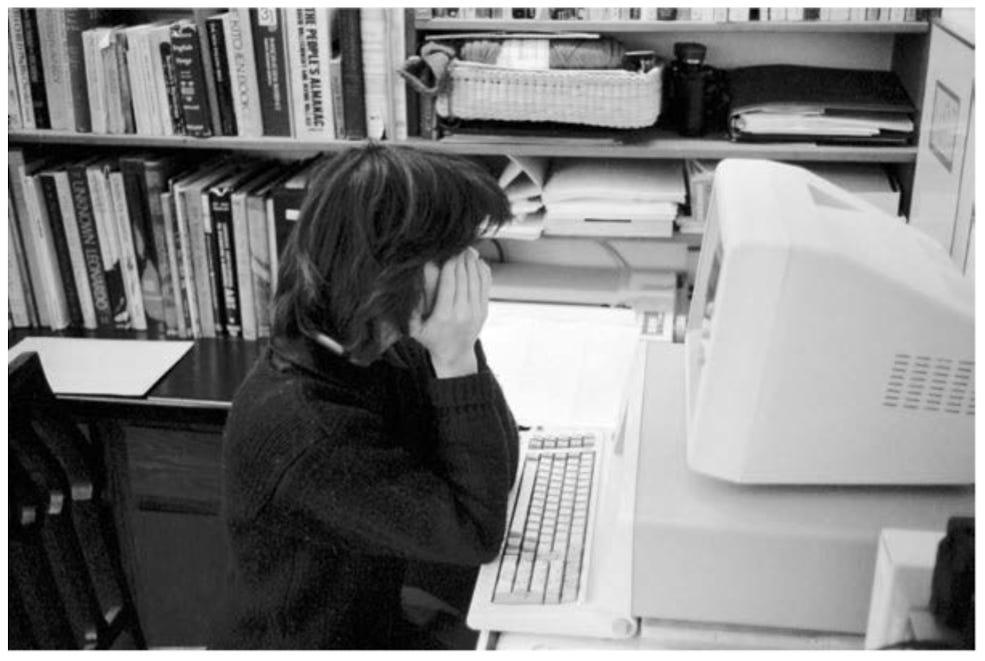

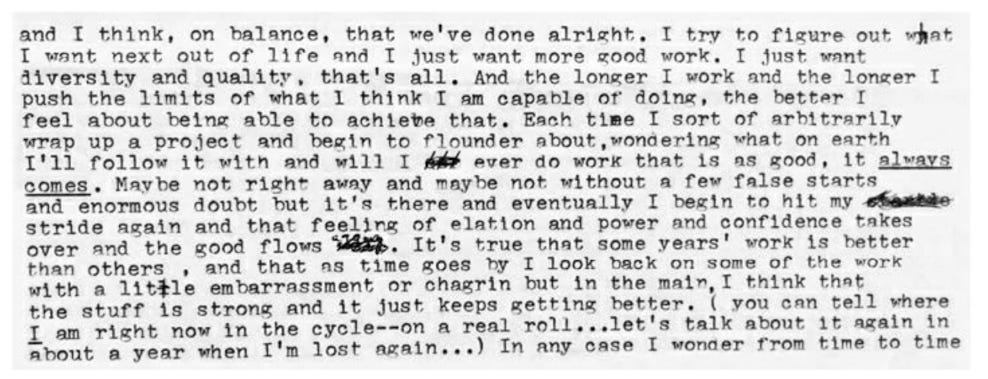
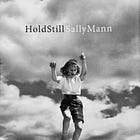
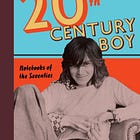
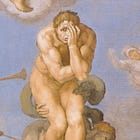
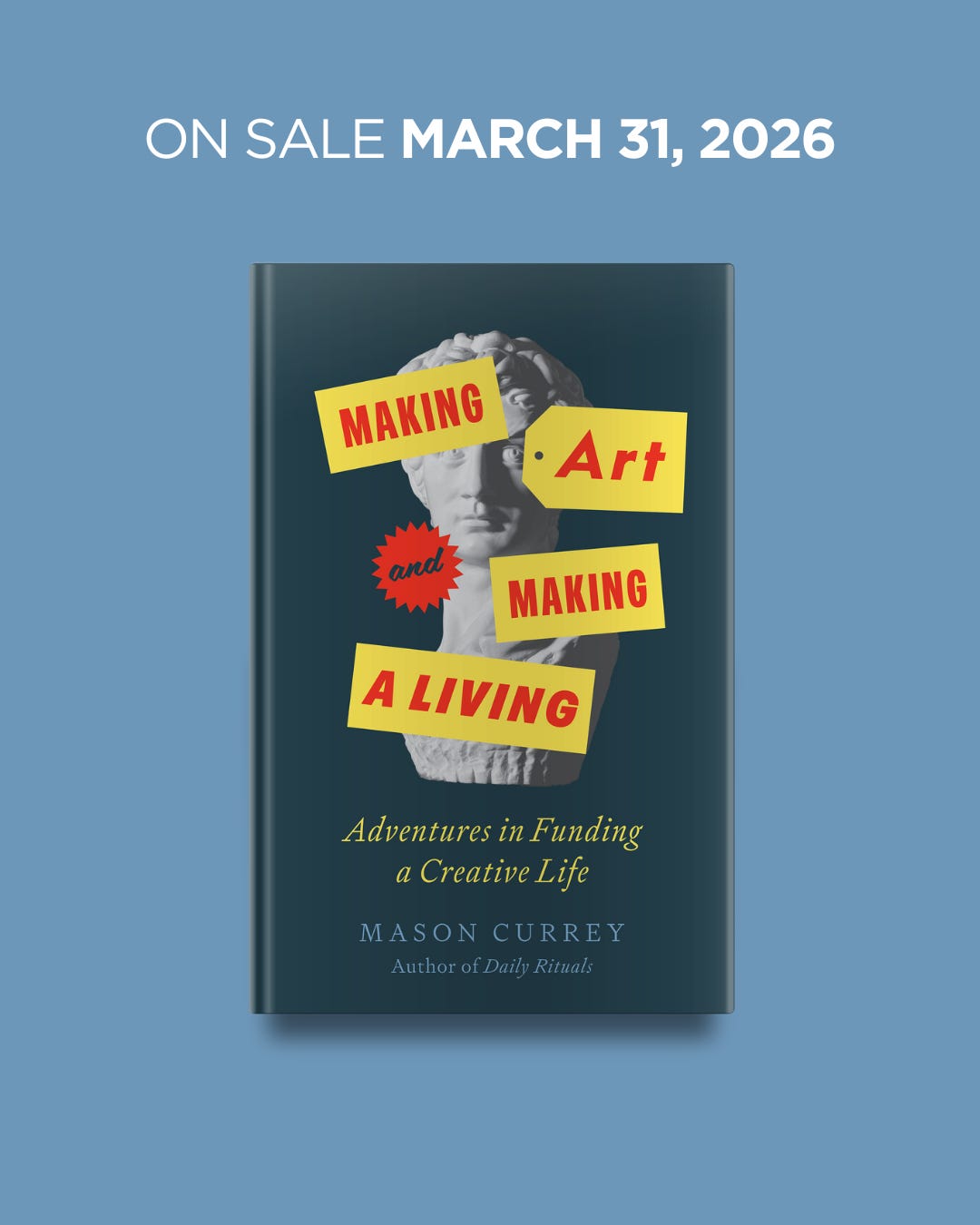
One of the best books I’ve read about being an artist. I also liked reading about how her location in Virginia impacted her work.
I didn’t feel the same emphasis on suffering that you did, I thought it was more about resilience. Her suffering was mostly interior- worrying about not making great art. That was helpful to know that never ends for an artist, even after fame and accolades. Was that the suffering you meant?
Although she experienced personal tragedies in her life, she didn’t wallow in them. She just got to work- she photographed her husband’s body after his muscular dystrophy diagnosis. I think there were a few times in the book where she recognized having lived a privileged life. It wasn’t always easy, but I didn’t get the sense that suffering was a big part of her life or work.
that's a relief. I do bad work all the time and share dare care and move on. lol...thanks for this post